Significance
As one of the few Japanese Buddhist temples in Taiwan constructed in a traditional Chinese style, Daxian Temple is an iconic example of cultural and religious blending. Paintings and wood carvings created by renowned Taiwanese masters such as Li Han-qing, Pan Li-shui, and Tan Ing-bin grace the Main Hall. The painting Great Compassion Mantra, located at the back of the Main Hall, is the largest temple painting by Pan Li-shui to date. The Great Compassion Mantra mural, which shows a vivid image of Budhisttvas in the world, evokes a sense of solemnity. The Mañjuśrī’s Demon-Vanquishing Verse, written on a pillar as a complex cipher, contains words of wisdom and literary attainment and remains the only poem of the Buddhist exhortation genre to be expressed in art in Taiwan today.
History
Daxian Temple, also known by the names Huoshan (Volcano) Daxian Temple and Guanziling Daxian Temple, was established in 1701 when Zen Master Canche settled in the location where the temple stands today. After Master Heling succeeded Master Canche as abbot, he began to receive donations from followers and used the money to build a Buddhist shrine just in front of the present-day gate. In 1809, General Wang De-lu (1770 – 1842) was advised that the spot on which the temple was located had good feng shui (Taoist geomancy). Because he wanted to build his wife’s tomb in this auspicious location, Wang donated money to have the temple relocated to where it now stands. In 1915, the administrator of Daxian Temple went to Japan to study temple construction. Upon his return, he and Zen Master Derong (1884 – 1977), the eighth-generation abbot, decided to reconstruct the temple in the style of the Tōdai-ji of Nara, Japan. The project took ten years to complete, and led to the temple layout that exists today. In 1985, the Ministry of the Interior designated the Main Hall and the mini-gate as class three historic landmarks. Today, they are listed as municipal historic landmarks of Tainan City.
Special Features
1The Mini GateThe layout of Daxian Temple shows characteristics typical of traditional Chinese Buddhist temples. The temple entrance is made up of two parts; the first section features a decorated Chinese archway and the second contains a gate set in a long, low wall topped with decorative swallowtail roof ridges, with a sanchuan roof surmounting the central entryway and arched doors to the sides. This stylistic hybridization gives the temple a distinctive and unconventional appearance. Together with the Main Hall, the mini gate is designated as a municipal historic landmark of Tainan City.
2The Main Hall The appearance of the Main Hall is modeled after the Tōdai-ji. It is one of the two surviving temples in Taiwan to feature a Japanese-style tile roof (the other being the Abbey of Ksitigarbha in Xinzhuang, New Taipei City). The Japanese facade of the Main Hall is underpinned by a Chinese multiple-beam supporting structure. These aspects of the building’s design are examples of an integration of Chinese and Japanese architectural styles rarely seen in Taiwanese temples. The interior of the Main Hall was built by renowned Taiwanese carpenter and chief Zhang School artisan Tan Ing-bin (1864 – 1944) along with Xidi School craftsmen from Hui’an, Quanzhou.
The appearance of the Main Hall is modeled after the Tōdai-ji. It is one of the two surviving temples in Taiwan to feature a Japanese-style tile roof (the other being the Abbey of Ksitigarbha in Xinzhuang, New Taipei City). The Japanese facade of the Main Hall is underpinned by a Chinese multiple-beam supporting structure. These aspects of the building’s design are examples of an integration of Chinese and Japanese architectural styles rarely seen in Taiwanese temples. The interior of the Main Hall was built by renowned Taiwanese carpenter and chief Zhang School artisan Tan Ing-bin (1864 – 1944) along with Xidi School craftsmen from Hui’an, Quanzhou.
3Dragon Columns in the Main Hall Most dragon columns found in temples are carved from stone or cypress. In the Main Hall of Daxian Temple, however, panlong, the water dragon, is depicted in paint on a vermillion background, a design commonly seen in traditional Buddhist temples. The process of making these columns involves coating the wooden surface with two to three layers of primer. Next, the column tightly is wrapped in canvas which is then coated with two to three layers of plaster. After the plaster sets, several coats of tung oil are applied. Once the tung oil settles, the column is ready to be painted. Although this process is fairly complex, it creates a smooth surface that is resistant to moisture, corrosion, pests, and peeling.
Most dragon columns found in temples are carved from stone or cypress. In the Main Hall of Daxian Temple, however, panlong, the water dragon, is depicted in paint on a vermillion background, a design commonly seen in traditional Buddhist temples. The process of making these columns involves coating the wooden surface with two to three layers of primer. Next, the column tightly is wrapped in canvas which is then coated with two to three layers of plaster. After the plaster sets, several coats of tung oil are applied. Once the tung oil settles, the column is ready to be painted. Although this process is fairly complex, it creates a smooth surface that is resistant to moisture, corrosion, pests, and peeling.
4The Great Compassion Mantra Mural Paintings of the door gods in the Main Hall and the Great Compassion Mantra mural located behind the Venerable Skanda statue at the back of the hall were made by Pan Li-shui (1914 – 1995), a famous painter and winner of the Folk Art Heritage Awards issued by the Ministry of Education. The Great Compassion Mantra mural shows an image of Budhisttvas in the world as described in the Great Compassion Mantra; large color paintings such as this are unusual in Taiwanese temples.
Paintings of the door gods in the Main Hall and the Great Compassion Mantra mural located behind the Venerable Skanda statue at the back of the hall were made by Pan Li-shui (1914 – 1995), a famous painter and winner of the Folk Art Heritage Awards issued by the Ministry of Education. The Great Compassion Mantra mural shows an image of Budhisttvas in the world as described in the Great Compassion Mantra; large color paintings such as this are unusual in Taiwanese temples.
5The Mañjuśrī Demon-Vanquishing Hymn The Mañjuśrī Demon-Vanquishing Hymn, a Buddhist exhortation to the world written by Master Xinyuan (? – 1969) is painted on the column at the back of the hall. The ninety-six characters of the poem were painted at differing 45° angle slants. They appear meaningless when read vertically or horizontally. Visitors often misinterpret the piece to be no more than just calligraphic art. However, the characters make up a poem of sixteen lines containing seven characters each (sixteen of which are repeats), in which a part of the last character of any given line serves as the first character of the next. By correctly deciphering the hymn, a profound piece of advice to the world can be learnt. Because the content of the hymn is rather complex, it is difficult to understand without the guidance of an expert.
The Mañjuśrī Demon-Vanquishing Hymn, a Buddhist exhortation to the world written by Master Xinyuan (? – 1969) is painted on the column at the back of the hall. The ninety-six characters of the poem were painted at differing 45° angle slants. They appear meaningless when read vertically or horizontally. Visitors often misinterpret the piece to be no more than just calligraphic art. However, the characters make up a poem of sixteen lines containing seven characters each (sixteen of which are repeats), in which a part of the last character of any given line serves as the first character of the next. By correctly deciphering the hymn, a profound piece of advice to the world can be learnt. Because the content of the hymn is rather complex, it is difficult to understand without the guidance of an expert.
6Li Han-Qing’s Gold Leaf Painting The gold leaf painting on Main Hall’s crossbeam was created by master painter Li Han-qing (1935 – 2002) in 1973 using a powdered gold leaf painting technique. Titled Fortune Comes with the Blossoming of the Flowers, it is an exquisite and delicate work of decorative art.
The gold leaf painting on Main Hall’s crossbeam was created by master painter Li Han-qing (1935 – 2002) in 1973 using a powdered gold leaf painting technique. Titled Fortune Comes with the Blossoming of the Flowers, it is an exquisite and delicate work of decorative art.
Reminders
To accommodate the large number of visitors to the Guanziling area, Daxian Temple is open daily from 6:00 a.m. to 8:00 p.m. A fifteen-day long dharma worship event is held annually during the Lunar New Year. This event, together with the Ghost Festival held on the 15th day of the seventh lunar month to help ancestors return to the spiritual realm, are the most significant festivals hosted by Daxian Temple.
Panoramic
Directions